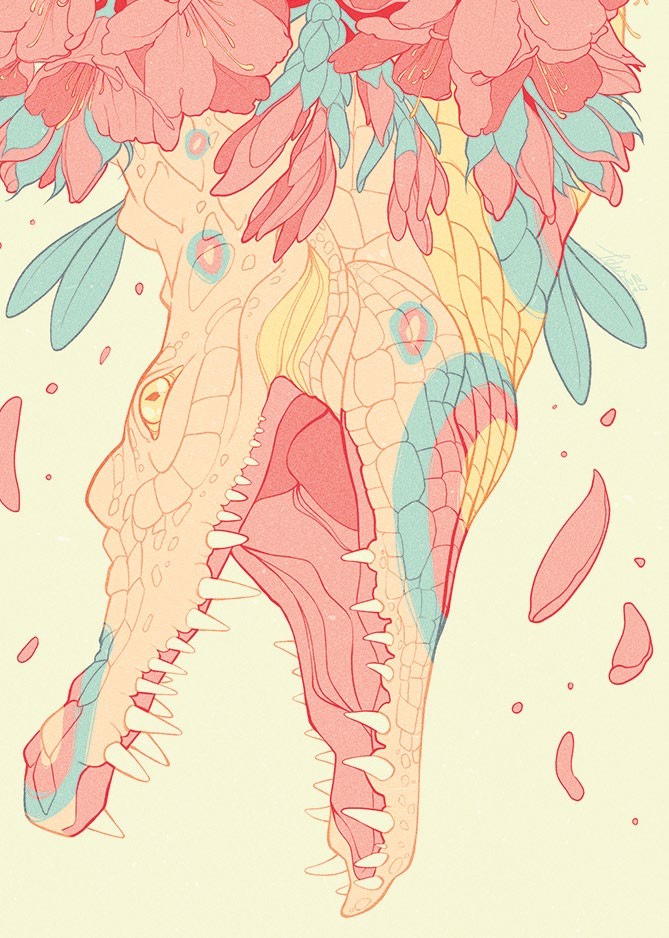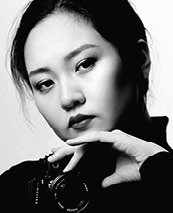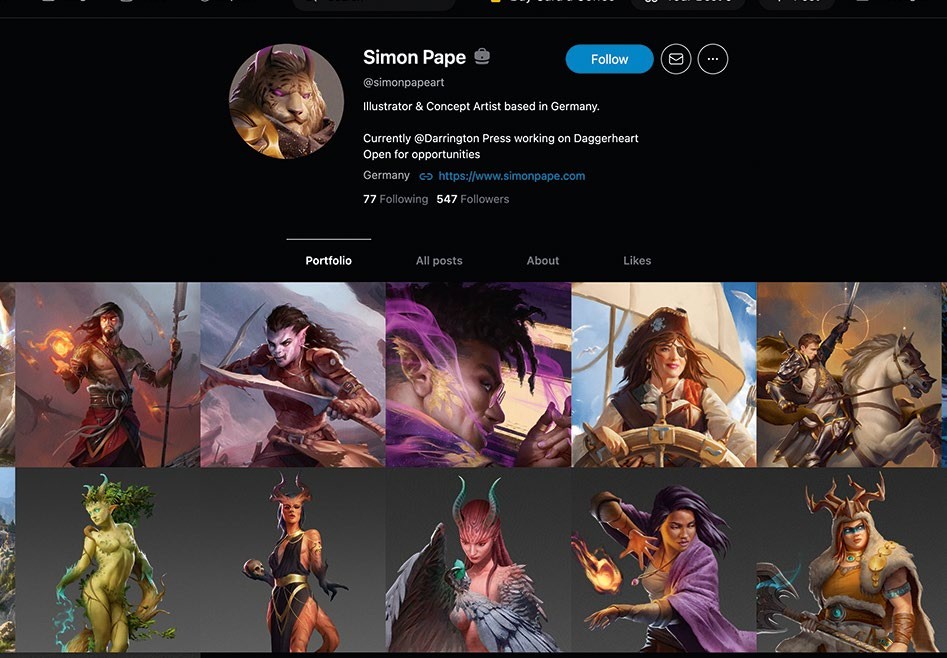
“I hope platforms like Cara can be a healthier approach to visibility online,” says Norwegian artist Jaws Stone.
“Seeing the community on Cara has been nostalgic for someone like me who grew up on DeviantArt in the 2000s,” says Jingna.
At the end of 2022, the year that generative AI ominously forced itself onto the art scene, photographer and artists’ rights activist Jingna Zhang was feeling frustrated. Like so many, she had been hoping that ArtStation would finally see the light and support the art community by banning the waves of AI-generated images that were flooding the site. Instead it doubled down and issued a statement saying it didn’t want to stifle AI research.

Stunned by this betrayal, Jingna, who is also part of two class-action lawsuits suing AI companies for theft of artists’ work, hatched a plan to build a new platform where artists’ interests come first. Working with a small team of volunteers and selffunding the project, she laid the foundations for Cara, an art portfolio and social app that doesn’t host AI art, and automatically adds NoAI tags to let AI companies know that the owner doesn’t consent to their work being scraped. It’s also integrated with Glaze, a tool for cloaking images so they can’t be used to train AI models. The result is a space where people can find human artists easily, and artists can come together to support each other as they navigate the changes that AI is bringing to their passions and their livelihoods.
We’ve only been around a year, so I appreciate that despite these challenges, people are still coming back to Cara

German illustrator and concept artist Simon Pape began posting on Cara back in June.